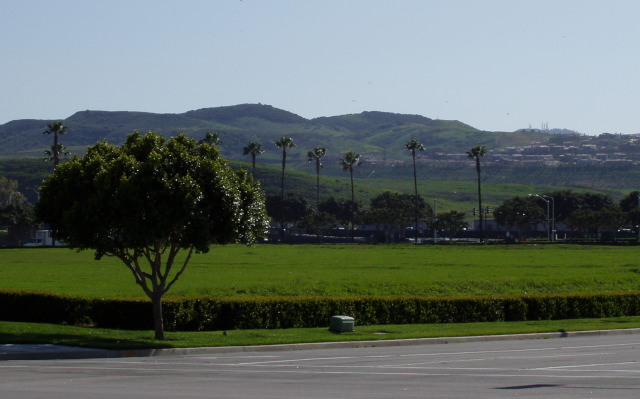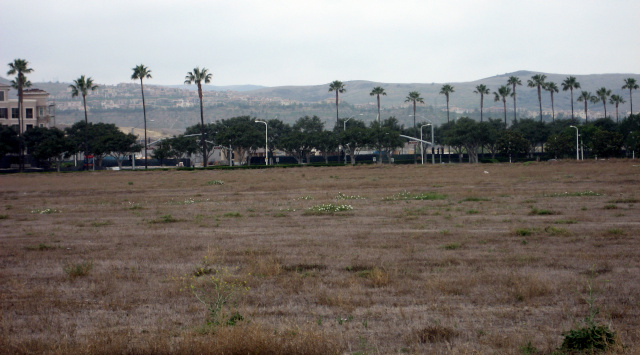It’s been a dry year for California. Water districts all over the state are geared up for drought conditions. The hills in the Orange County area are still golden-brown in mid-April. Last year at this time, they had finally turned green for spring.
Here’s a shot from the Irvine Spectrum area from April 6, 2006:

That’s not a lawn behind that hedge, that’s a vacant lot. You can see it’s just as green as the strip of maintained grass along the sidewalk. Now here’s a picture taken about half a block away, taken last week, on April 6, 2007 (no, the timing was not intentional).

This year, only a few weeds and flowers have managed to take hold in the vacant lot. Meanwhile, the hills are their usual golden brown. Somehow, I don’t think we’re going to see much in the way of wildflowers this year. Continue reading